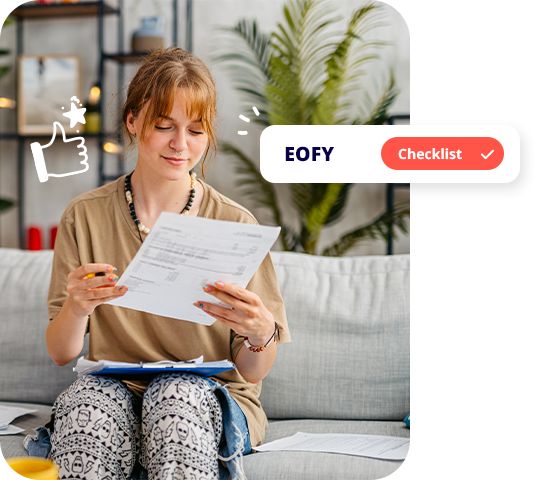End of Financial Year Video Series
Learn how to prepare for EOFY and get more out of your accounting software.
Brush up on your EOFY skills
From preparing your records to payroll compliance we’ve got you covered with our video series.

Review your accounts for the past year
Learn how to generate a profit & loss and wrap up your books for the 2020/21 financial year including finalising your stock levels, accounts receivables and reconciling your bank statements. Plus, some common tax minimisation tips.

Finalise your end of year payroll
Learn how to set-up payroll, pay employees and complete your compliance obligations including preparing Payment Summaries and how to generate a Payment Summary report for the ATO. We also touch on STP reporting changes.

Budgets & goals for 2021/2022
In the new financial year you should take the time to reflect on how you can improve your business. Learn how to forecast business income and expenses for the next 12 months so you can plan for your best financial year yet.

Download our EOFY Checklist and be ready for tax time!
You’ll always be ready for tax time with Reckon One!
Take control of your finances in the new financial year.
Cancel anytime.



